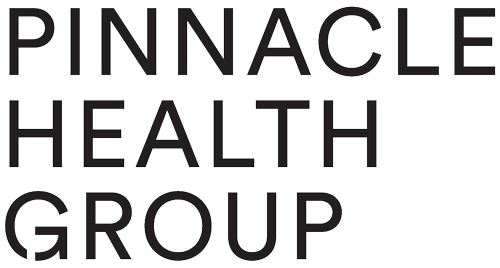By Josh Lambert
It is absolutely clear in the modern workplace that if you haven’t heard or overheard any of the above terms – you are now definitely in the minority! With so much hype, and a wide range of media saturation, one could be excused for cynically referring to these as “buzzwords”. Nevertheless, we spend on average 48% of our waking hours, and approximately one-third of our adult life at work.₁ Furthermore, a 2016 Australian survey concluded that nearly half of us would leave our jobs if our employers failed to meet our health and well-being needs.₂
So fair enough – we now value “wellness” more, and we know it is getting bigger and bigger. At minimum, our HR and Health & Safety teams across the country are focusing on redefining “health” at the forefront of traditional health and safety practices.
But what does it all mean, you might ask?
Is wellness a fad? Do I need to wear yoga pants to work? What’s in it for me?
The World Health Organization defines wellness as “… a state of complete physical, mental, and social well-being, and not merely the absence of disease or infirmity.”₃ In essence, wellness is viewed as a more holistic feeling or process of wellbeing and fulfillment (note the “process” key term given that health is a continuum and we can always improve on our current state).
Workplace wellness and Corporate Wellness are often used interchangeably in any work environment – defined as “any workplace health promotion activity or organisational policy designed to support healthy behaviour in the workplace and to improve health outcomes.”₄
Whilst this definition is universally accepted, the actual manifestation of “wellness” as a practice at workplaces can range significantly, and include anything from:
- On-site health services eg. Doctor, Physiotherapist consultations
- Online health information, assessments and behavioural change programs
- Executive and senior management health assessments
- Annual health checks
- Voluntary one-on-one health coaching for individuals with multiple risk factors
- Vaccinations
- Health insurance subsidies
- Employee Assistance Program
- Work/life balance arrangements
- Chronic disease-specific offerings (e.g. weight loss programs, Diabetes prevention)
- Events and challenges (e.g. Global Corporate Challenge)
- Physical environment (e.g. accessible stairwells)
- Provision of fruit
- Service availability (e.g. onsite gym)
With the cost of absenteeism in Australia currently estimated at $7 billion each year, and presenteeism (defined as not fully functioning at work because of a medical condition) costing the economy more than $34 billion a year ₅ – wellness programmes will be closely monitored and refined to maximise results.
As a corporate health and wellness company, we really enjoy how differently wellness can be perceived or practised by employees – for example, our wellness centres have anything from on-site doctors and physiotherapists to barbers and beauty therapists! As the “wellness revolution” continues to grow, our interpretation of wellness may continue to develop, but one thing is very certain – the importance of health and wellness in a workplace environment will only increase with Australia’s ageing population, and the sheer time we spend in the workplace.
